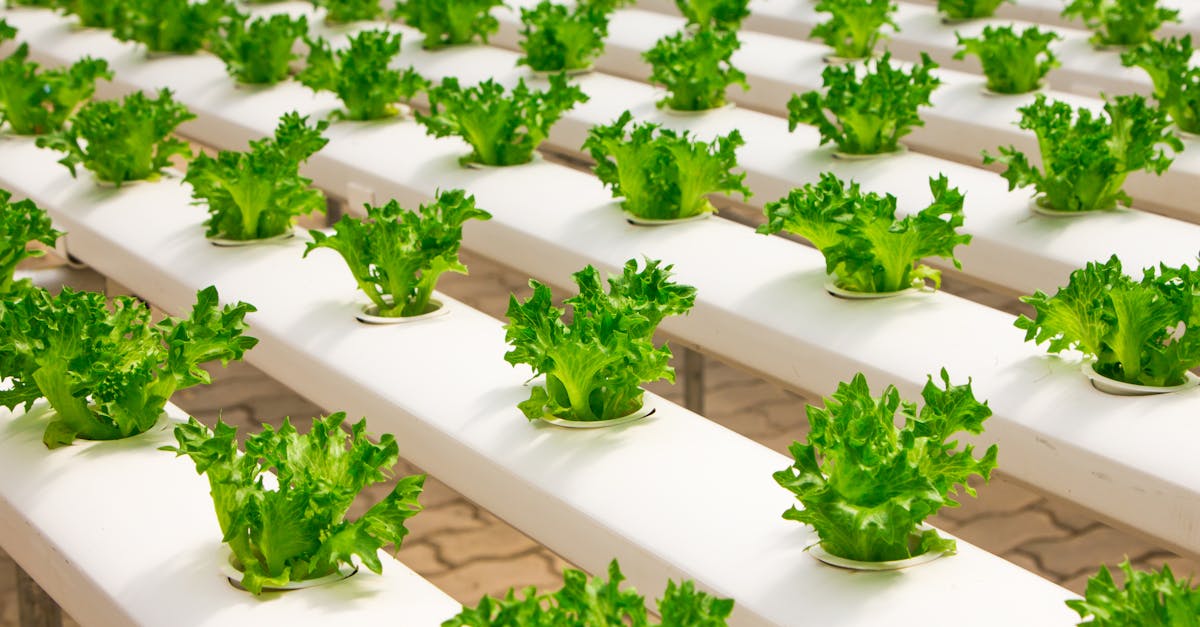The Great Taste Shift: How GLP-1 Drugs Are Redefining Food Pleasure
Social and Cultural Implications of Altered Food Pleasure

The changing landscape of food pleasure due to GLP-1 drugs extends beyond individual experiences to influence social and cultural dynamics. Traditionally, food has been a central element of social gatherings and cultural rituals, often centered around indulgence and shared enjoyment of rich, flavorful dishes. As GLP-1 users experience a shift in their taste preferences, social norms around eating may evolve. This could lead to a reevaluation of culinary traditions, with a growing emphasis on health-conscious choices that still maintain the essence of communal dining. The cultural narrative around food pleasure is thus being rewritten, potentially fostering a more inclusive dialogue about health and enjoyment.
The Role of the Food Industry: Innovation and Adaptation

The food industry is at a crossroads, prompted by the evolving tastes of consumers influenced by GLP-1 drugs. As demand for healthier food options increases, companies are challenged to innovate and adapt. This could mean developing new recipes that cater to altered taste buds, reducing sugar and fat content while enhancing natural flavors. Additionally, there may be a push towards transparency in labeling and sourcing, as consumers become more conscious of their dietary choices. The industry’s response to these changes will be crucial in shaping the future of food production and consumption, balancing the need for health with the desire for taste.